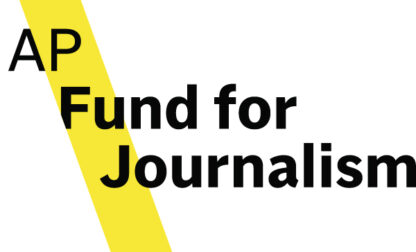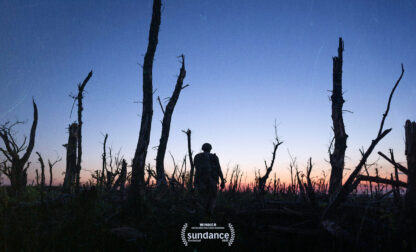AP Senior Vice President and Executive Editor Kathleen Carroll this week accepted the Carr Van Anda Award at Ohio University’s E.W. Scripps School of Journalism.
You are now entering the English version
This page is not available in your selected language. You are now viewing the English version.



